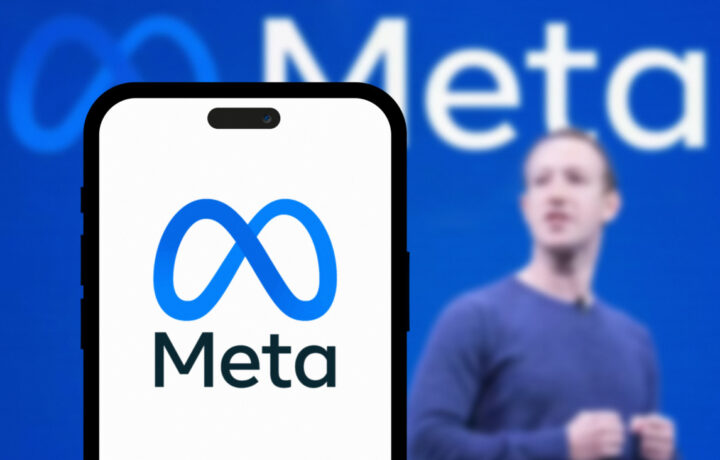Meta is tapping the brakes on its AI ambitions—at least when it comes to hiring. After months of aggressively courting top researchers with massive pay offers, Mark Zuckerberg has frozen recruitment across the company’s “superintelligence labs.” The move reflects mounting concern that the AI boom may not be delivering the returns investors expected, with market jitters fueled by an MIT report suggesting most companies are seeing no measurable payoff from their AI spending.
The pause marks a sharp reversal for Meta, which has been racing to position itself as a leader in cutting-edge AI, even as strategy shifts delayed its “Behemoth” model rollout. A Meta spokesperson framed the freeze as simple organizational planning, but the timing underscores the sector’s volatility. Tech stocks tied to AI, from Nvidia to Palantir, have taken hits in recent days, amplifying fears of an AI bubble. While Zuckerberg has championed a vision of personal superintelligence embedded in everyday devices like smart glasses, his pivot toward smaller, “talent-dense” teams signals a recalibration in how Meta plans to pursue that future.
Layoffs: IRS
The IRS has hit pause on its sweeping layoff plans and is now working to rehire some of the thousands of employees it let go earlier this year. The shift marks a major reversal from the agency’s downsizing push that began in February, when it aimed to shrink its workforce from roughly 100,000 down to 60,000. Nearly 7,000 employees were terminated in February, with cuts hitting compliance teams particularly hard. Other offices, including the National Taxpayer Advocate and the Office of Compliance and Civil Rights, were slated for elimination as part of a government-wide push for efficiency.
Now, with tax season on the horizon and concerns mounting over the agency’s ability to serve the public, Treasury officials say the IRS is focused on restaffing and modernization. The abrupt change follows months of complaints about customer service, with fewer than a third of taxpayer calls being answered last year. Internal memos had already hinted at a change in direction, and lawmakers raised alarms over unanswered inquiries and constituent frustrations. The move underscores the challenge of balancing cost-cutting measures with the need to maintain a functioning tax system—especially as the federal government continues to push for a leaner workforce across agencies.
Hiring: L3Harris
L3Harris is doubling down on its role in hypersonic defense with a \$100 million expansion of its Florida satellite integration facility. The new 94,000-square-foot addition is tailored to accelerate production of missile-tracking satellites for the Pentagon’s Golden Dome program. At the ribbon-cutting, company leaders and local officials highlighted how the project not only boosts U.S. space-based defense capabilities but also creates high-skill jobs in Florida’s growing aerospace sector.
The expansion comes as L3Harris manages an ambitious pipeline of 34 satellites in development, with five already on orbit. Nationwide, the company has committed nearly a million square feet to satellite and missile defense manufacturing, underscoring the urgency of deploying hypersonic detection technologies at scale. While the company’s stock closed with only a slight dip and relatively modest trading volume, the investment signals a long-term play: strengthening U.S. resilience against next-generation missile threats and ensuring the defense industrial base can keep pace with evolving national security demands.
Cleared Employer at Work: amentum
We are actively seeking top-tier talent in Intelligence and Cyber to support mission-critical operations, drive innovation, and strengthen national security. Ideal candidates will bring expertise in threat analysis, cybersecurity operations, and emerging technologies to help us stay ahead of evolving digital threats. Join our team!
SPONSORED CONTENT: This content is written on or behalf of our Sponsor.
Opportunity to Watch
As September winds down, Wall Street will be watching Washington as closely as the Fed. The government’s fiscal year ends on September 30, and how Congress handles budget negotiations, debt ceiling debates, and the risk of a shutdown could set the tone for October markets. Defense contractors are usually the first movers during this period, with big contract awards flowing in before the books close. That could mean price swings for names like Lockheed Martin and Boeing, along with sector ETFs such as the iShares U.S. Aerospace & Defense ETF (ITA). Healthcare and clean energy firms tied to government incentives—like GE Healthcare and Tesla—are also positioned to benefit, though a shutdown could quickly mute that optimism. For broad indices, history shows shutdowns spark volatility, but the longer-term damage tends to be contained.
Post-October 1, the market’s direction hinges on fiscal clarity: a clean budget deal could ignite rallies in defense and infrastructure plays, while a shutdown would sap consumer confidence and lift gold as investors seek cover. In short, the end of the fiscal year is shaping up to be a catalyst event for stocks and futures alike.




